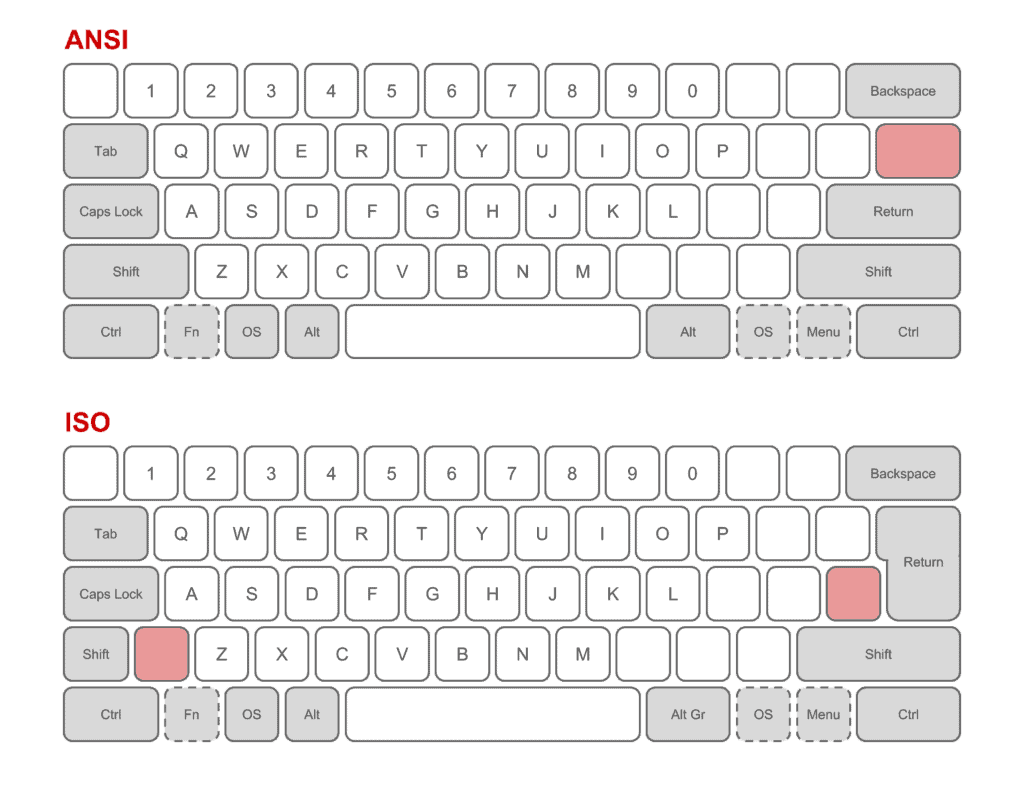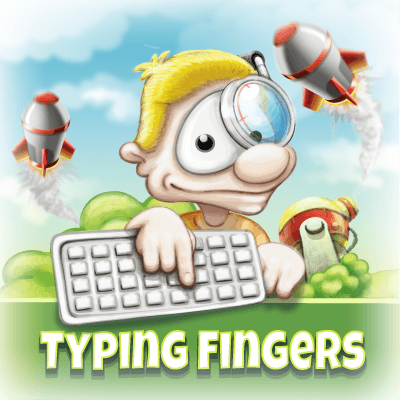Exploring the World of Keyboard Layouts ANSI vs. ISO Standards
In the realm of computer keyboards, two major standards have emerged, shaping the way we type and interact with digital devices. The ANSI (American National Standards Institute) and ISO (International Organization for Standardization) keyboard standards are not just layouts; they represent the culmination of cultural, linguistic, and ergonomic considerations spanning different continents. Let’s delve into a detailed comparison to understand these global keystroke giants better.
Difference Between Iso and Ansi Standards
| Aspect | ANSI Keyboard Standard | ISO Keyboard Standard |
|---|---|---|
| History | Developed in the United States. Popularized by early IBM personal computers. Suited for English language typewriting. | Developed by the International Organization for Standardization. Adapted for European languages with additional characters. |
| Enter Key | Features a horizontal rectangular Enter key. | Has an “L-shaped” Enter key. |
| Left Shift Key | Standard size Left Shift key. | Smaller Left Shift key with an additional key next to it for European language characters. |
| Key Count | Standard American English key arrangement without extra keys. | Usually includes one extra key due to the additional key next to the Left Shift key. |
| AltGr Key | Generally does not include the AltGr key. | Often includes the AltGr (Alternate Graphic) key for accessing additional characters, especially in European languages. |
| Key Arrangement | Designed primarily for English language typing, with a straightforward layout. | Accommodates diverse linguistic needs, especially European languages requiring accented letters. |
| Cultural Influence | Widely used in the United States and countries with similar typing needs. | Predominantly used in Europe and parts of Asia, reflecting the diverse linguistic requirements of these regions. |

Keyboards: More Than Just Typing Tools
The comparison above illuminates how the ANSI and ISO keyboard standards are more than just arrangements of keys. They are a reflection of cultural diversity and linguistic needs across the globe. Whether you’re a touch typist, a language enthusiast, or just curious about the keyboards you use daily, understanding these differences can enhance your appreciation for these ubiquitous tools of the digital age.
